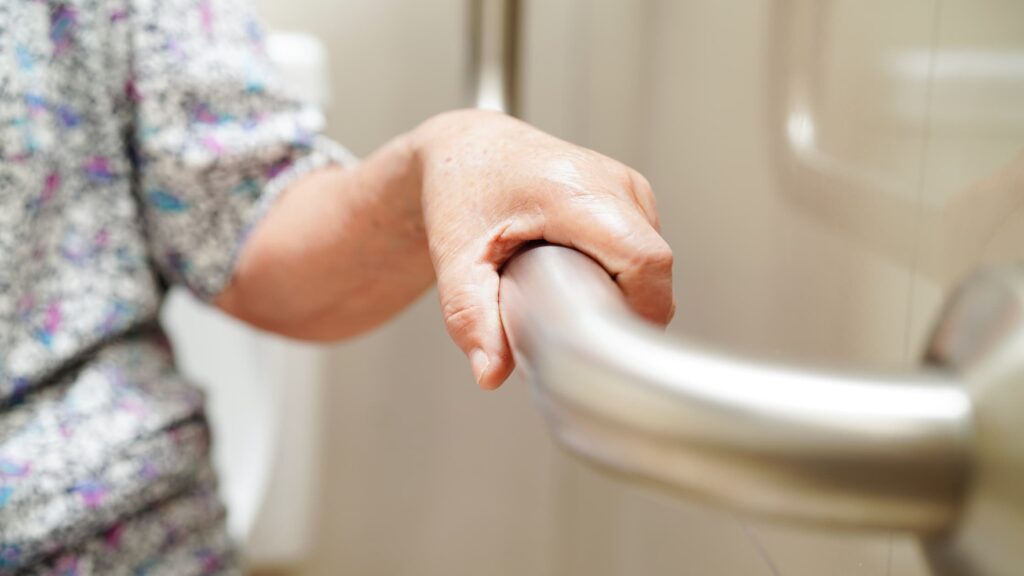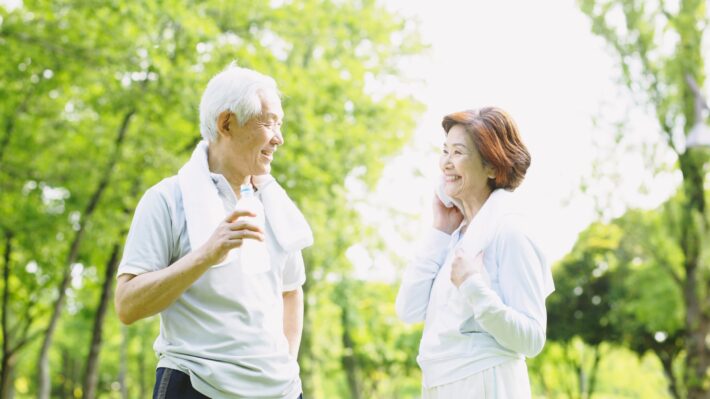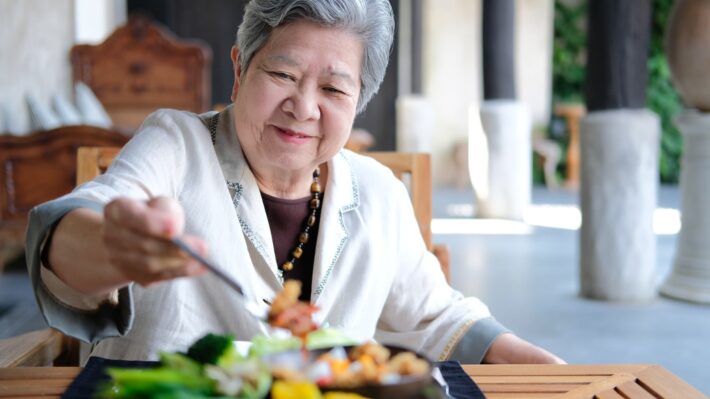Senior Home Safety Modification Guide: Creating a Safe Home for Seniors

It’s been well known that aging in place is better when the home is safe for your senior loved one. With our senior home safety modification guide, you can make thoughtful changes to support their independence and live worry-free.
Why modify the home?
Falls are the leading cause of injury among older adults, where 1 in 4 have an incident each year. Reviews have shown that home modifications, like grab bars and improved lighting, can reduce falls. A synthesis across 20 studies found that almost two thirds of them demonstrated improvements in functional independence, fall reduction, and quality of life.
Room‑by‑room essentials
Entrance / hallways
- Install a step‑free ramp or threshold remover.
- Add motion‑sensor lighting.
- Provide a bench or chair for putting on shoes or pausing at the door.
Bathroom
- Walk‑in shower with bench and hand‑held showerhead.
- Non‑slip flooring or mats.
- Grab bars near the shower, tub, and toilet.

Bedroom and common spaces
- Make sure chairs have armrests to help with sitting and standing.
- Remove loose rugs or secure them with anti‑slip tape.
- Keep all corded wires away from walkways.
Kitchen
- Use lever‑style faucets and reachable drawer inserts.
- Switch for appliances with automatic shut‑off features.
- Reorganize storage so most‑used items are reachable at waist level.
Stairs
- Have sturdy railings on both sides.
- Ensure good lighting with switches at top and bottom landing.
Personalized planning and emotional respect
We recommend involving your loved one in every choice. A study has shown that seniors may resist changes in their home if the modification feels intrusive or lower their sense of dignity. Making the process collaborative and respectful is important for acceptance.
Proven benefits beyond fall prevention
A peer-reviewed research shows that two years after home modification installations, seniors have significantly improved daily activity performance. This study shows that home changes aren’t just for fall prevention, but also promote confidence, independence, and well-being.

Tips for implementing your guide
- Start with an in‑home risk assessment, ideally by an occupational therapist or trained assessor.
- Prioritize low‑cost, high‑impact fixes first like grab bars, lighting, and decluttering.
- Use a phased approach: plan simple tasks first and evaluate before scaling up.
- Communicate clearly: explain why each change matters and how it supports your loved one’s independence.
Create a Safe and Independent Home
Our senior home safety modification guide help seniors live independently and safely. Brought together by best practices and research-supported solutions, families can support a healthy and independent home for their senior loved one.



